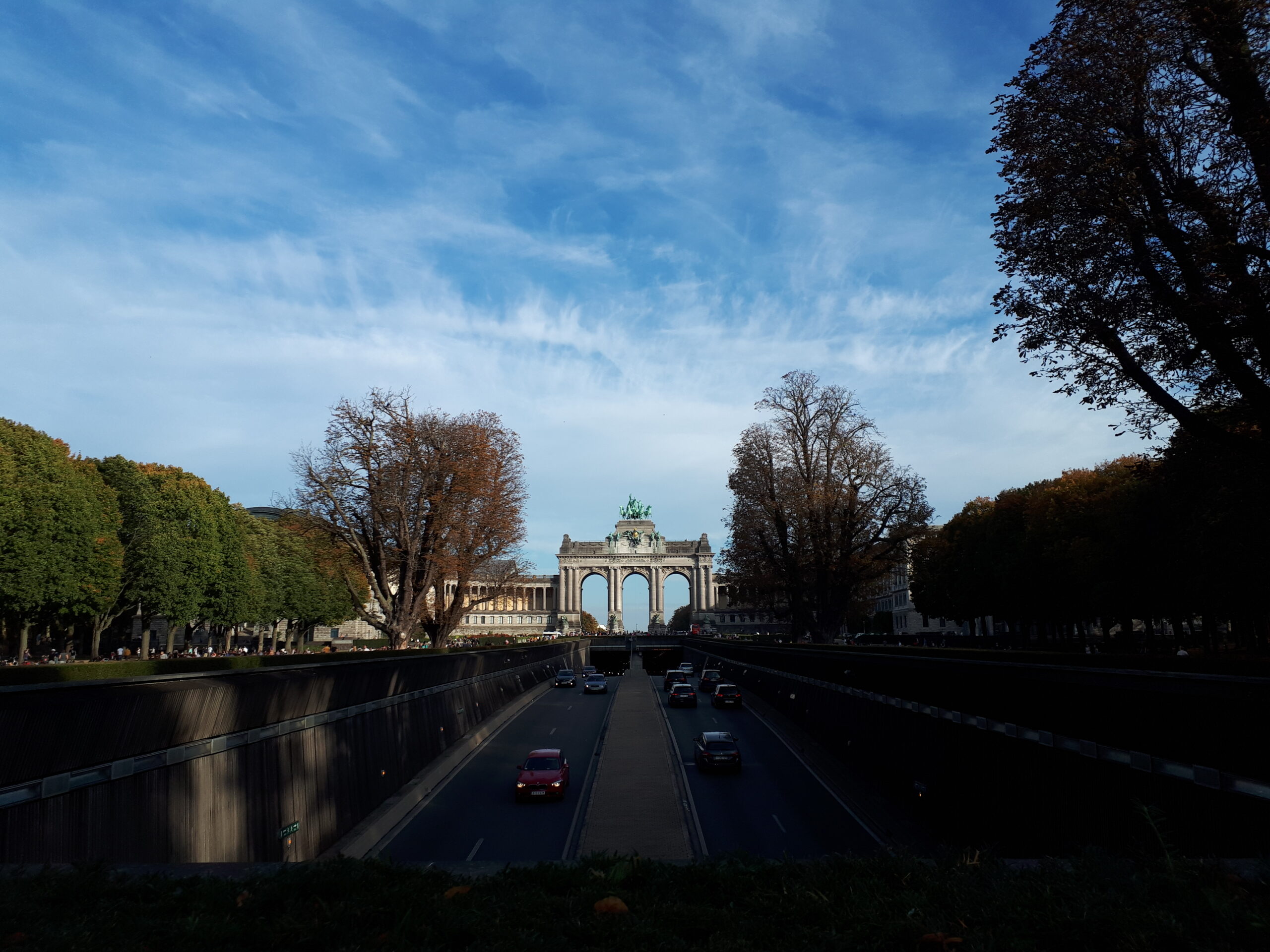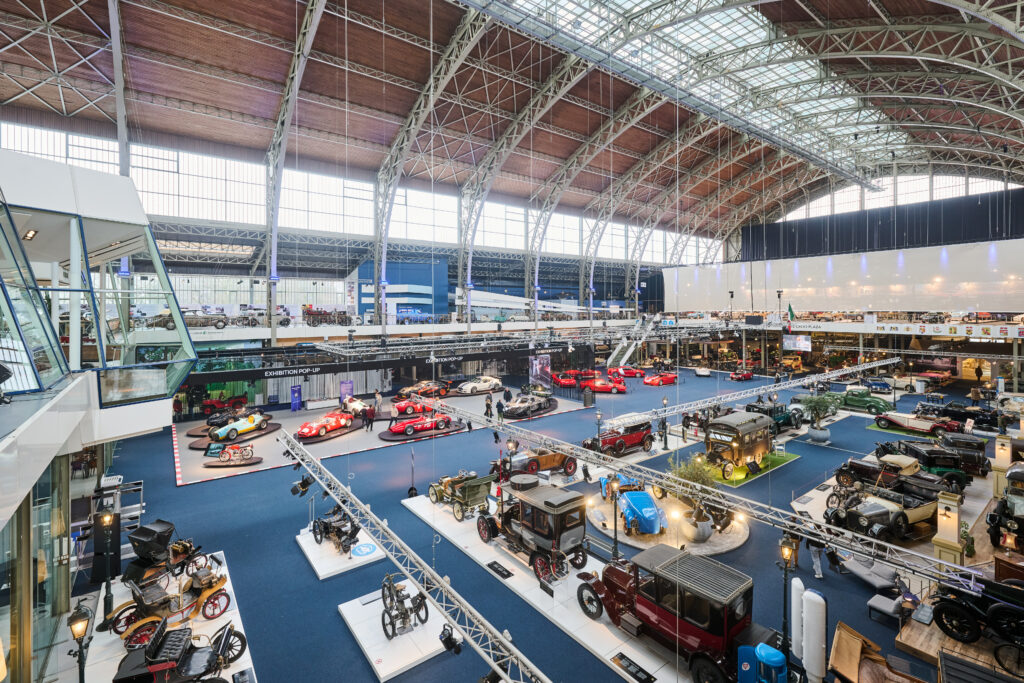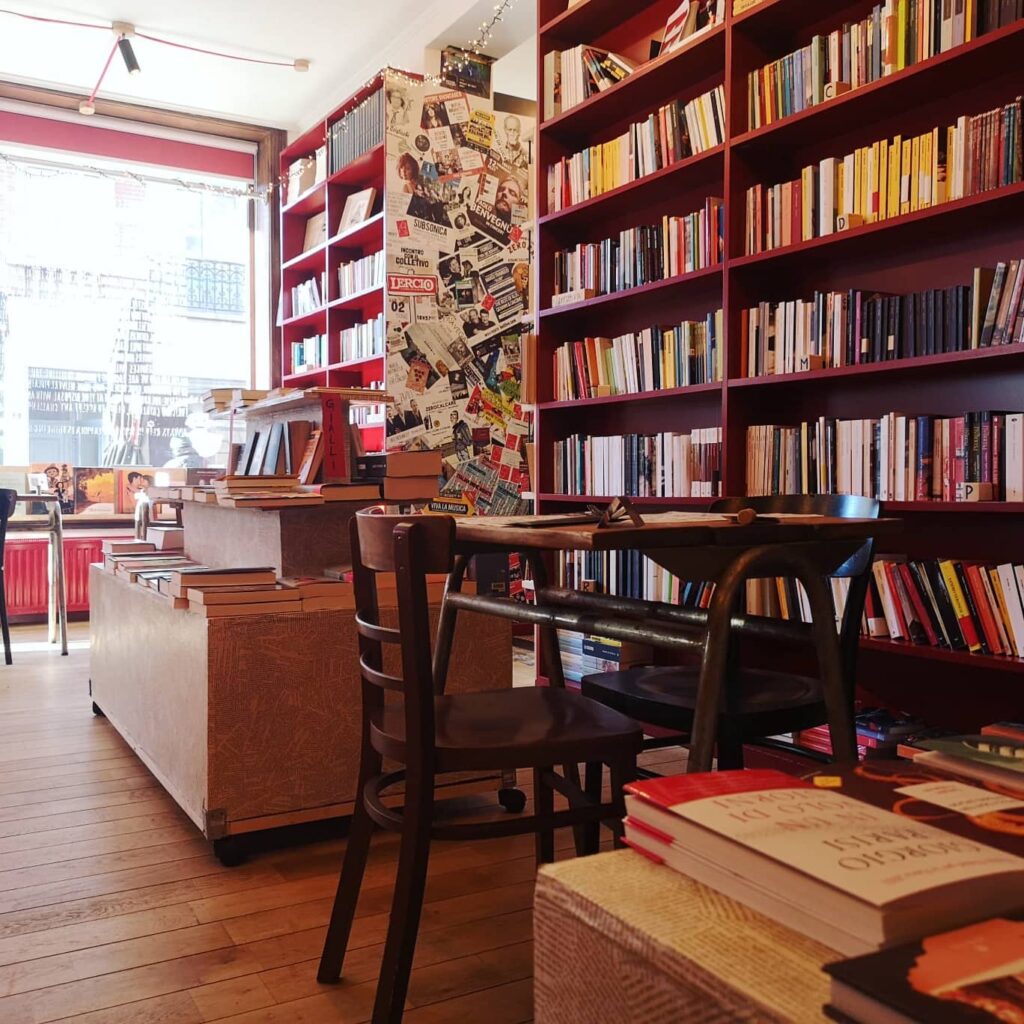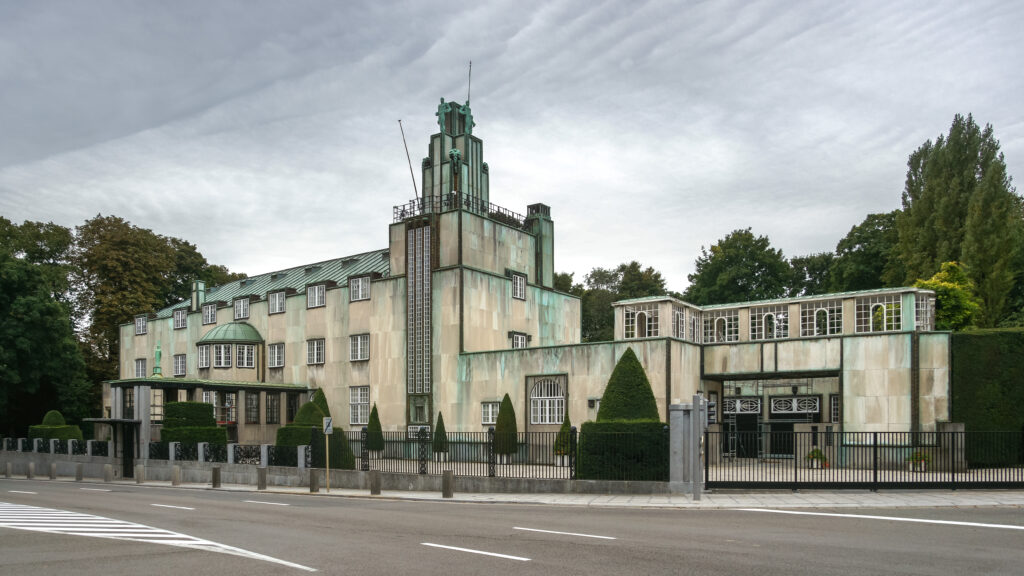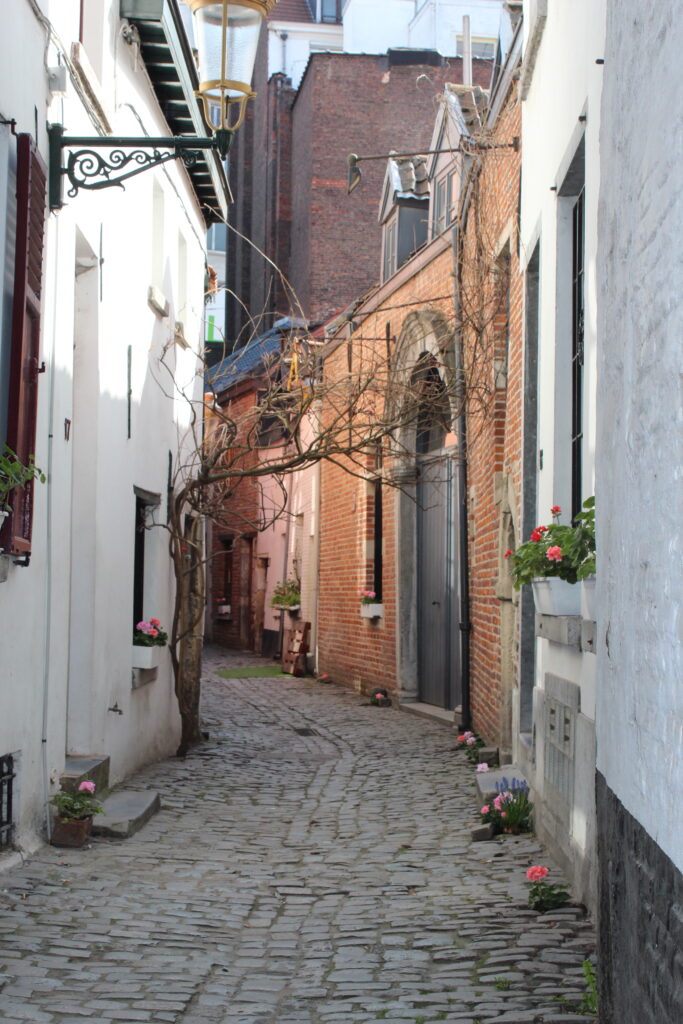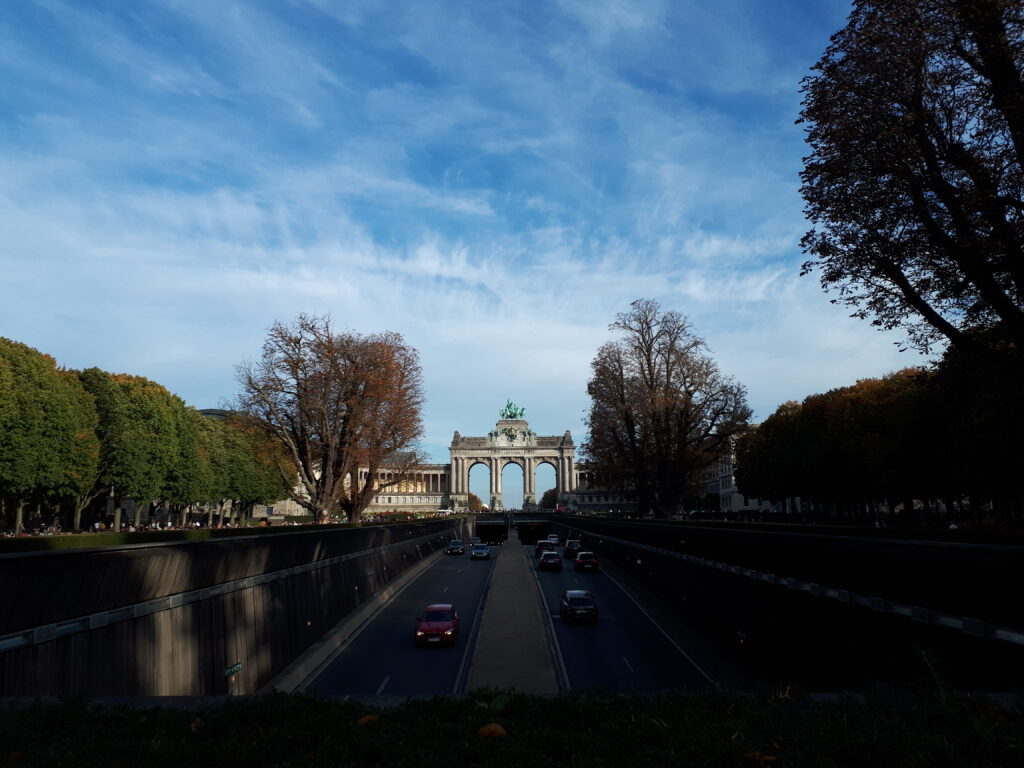
The Cinquantenaire Arches are a monument built in Brussels — in the park of the same name — at the initiative of King Leopold II, to mark the fiftieth anniversary of Belgium’s independence in 1880.
Galerie photos
History
The Cinquantenaire Park in Brussels was created in 1880 to celebrate the fiftieth anniversary of Belgium’s independence. The complex, designed by architect Gédéon Bordiau, was intended to include an exhibition palace surrounded by a double semicircular colonnade interrupted by a monumental arch. Due to a lack of funds, construction was halted and only the vertical bases of the arch were completed. For the 1897 World’s Fair, a temporary arch made of staff was erected on a wooden structure.
King Leopold II eventually decided to finance the completion of the monument himself, with the help of private investors and the Crown Foundation, using stock market investments and funds from the Congo Free State. French architect Charles Girault modified the original plans and built a triumphal arch with three arches in just eight months, with the help of 450 workers.
The monument was inaugurated on September 27, 1905.
Description
The monument consists of three archways, each 45 meters high and 30 meters wide, facing the city. The decoration and sculptures adorning the structure were created by some of the most renowned artists of the time, in a spirit of national pride. The bronze quadriga crowning the monument, representing “Brabant raising the national flag,” along with the surrounding sculptures, was created by Thomas Vinçotte and Jules Lagae.
The eight other provinces of Belgium are also represented at the base of the pillars. A spiral staircase, now complemented by an elevator, gives access to an exhibition room located beneath the quadriga, as well as to the two terraces on either side of it. The ceiling of the arches, made up of barrel vaults, consists of decorated stone coffers, half featuring a laurel wreath and the other half bearing the motto “The King, the Law, Liberty.”
